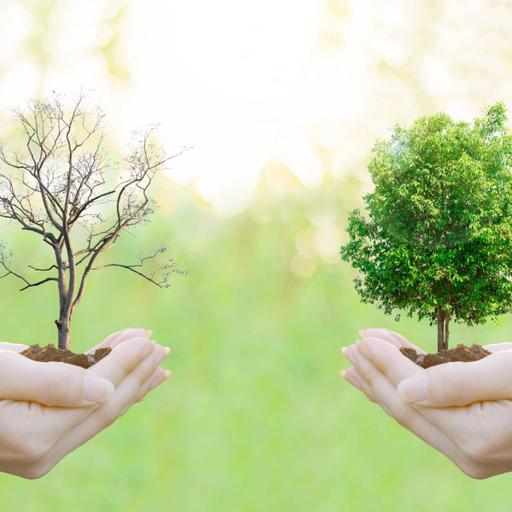Ecological System
Presentations | English
An ecological system consists of all the organisms and the physical environment with which they interact. These biotic and abiotic components are linked together through nutrient cycles and energy flows. Energy enters the system through photosynthesis and is incorporated into plant tissue. By feeding on plants and on one another, animals play an important role in the movement of matter and energy through the system. By breaking down dead organic matter, decomposers release carbon back to the atmosphere and facilitate nutrient cycling. Ecosystems are controlled by external and internal factors. External factors such as climate, material which forms the soil and topography, control the overall structure of an ecosystem but are not themselves influenced by the ecosystem. Internal factors are controlled, for example, by decomposition, disturbance, succession, and the types of species present. While the resource inputs are generally controlled by external processes, the availability of these resources within the ecosystem is controlled by internal factors. Therefore, internal factors not only control ecosystem processes but are also controlled by them.

Free
PPTX (104 Slides)
Ecological System
Presentations | English
